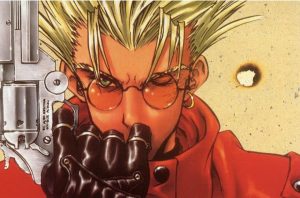
You know, something odd is that in the 4 years since I decided to make anime one of my main hobbies, I haven’t dabbled that much in any shows before the 21st century. Sure, I dipped my toes in Dragon Ball Z and Cowboy Bebop when I was just getting into the medium, but since then the only series from the 90s or earlier I’ve watched is Evangelion (and boy did I make a mistake making that one of my first series, but that’s a tale for another time). I figured that if I really wanted to sound like I actually knew shit about the medium, I would have to have to clear the dust away from the old history textbooks and do some research, and what would be a better start for this than Cowboy Bebop’s distant cousin, Trigun? Adapted from Yasuhiro Nightow’s manga, this space western is often cited as one of the forefathers of Western interest in the anime industry, thanks to its placement as one of the first programs to be shown as part of the Toonami block. But now that it’s been almost exactly 20 years since the end of its run, would it still hold up today?
On the vaguely Mad Max-esque desert planet of Gunsmoke, two insurance agents, the determined Meryl Stryfe and the taller but dimmer Milly Thompson, are on the hunt for a man feared by everyone: Vash the Stampede, the Humanoid Typhoon. This legendary outlaw has gone from rundown town to rundown town, leaving nothing but destruction in his wake, and due to this he has a massive bounty of $$60,000,000,000 (yes, that’s pronounced as “double dollars”) on his head. The two take a considerable amount of time to realize it’s Vash when they meet him, as the legends couldn’t be farther from the truth: it turns out the gunslinger is actually a diehard pacifist, who wouldn’t hurt a fly even if it was about to shoot him point-blank. The agents have no choice but to buddy up with Vash as half of the bandits on the planet rush to get a share of the bounty. To make matters worse, Vash knows little about the group of infamous assassins, hired by a mysterious client, sent after him to make his life a living hell. As Vash the Stampede is hit with challenge after challenge, eventually he would have to decide what takes priority: his pact of non-violence, or the scales of justice.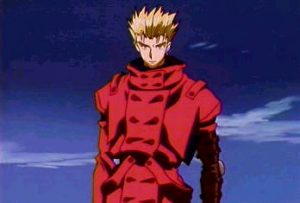
Now, let me ask you a question: how many shows have you seen where the main protagonist is so hellbent on not fighting? Sure, you may have seen heroes with a more optimistic outlook, but little to none where they swear on not shooting a single bullet or throwing a single punch. That’s why Vash is so unique of a character, or at least to a relative anime newbie like me: he goes out of his way to win every fight without fighting. It’s almost invigorating to see how this carefree, almost stupid “Humanoid Typhoon” solve every problem he faces in the most peaceful way possible. It also makes the moments where his morality is more troubled that much more compelling.
But what about our supporting cast? The aforementioned Meryl and Milly are…well, just adequate. They have their share of badass moments here and there (did I mention that Milly sports a giant minigun/trap gun combo?) but for the majority of the show, they’re mostly comic relief, with pinches of emotional support in the later half of the series, more on that in a bit. No, they’re not even the peak of it; it takes a while for him to come into the scene, but when he does, Nicholas D. Wolfwood comes damn close to overtaking Vash for the main spotlight. He might as well be an polar opposite to the Stampede in that even though he identifies as a priest, one look at him wouldn’t convince you so. He’s the full “the power of Christ compels you” package: he smokes, curses, and, God forbid we overlook, boasts the Punisher, a heaping metal crucifix that hides a machine gun, rocket launcher, and pistol rack, and may very well be one of the most awe-inspiring anime weapons I’ve ever seen. Like Vash, he has his own vast wealth of moral complexities to deal with, and a major draw of watching Trigun is seeing Vash and Wolfwood’s ideals clash, while at the same time being a strong definitely-platonic friendship that’s hard to put down once it starts.
Considering it’s a pre-2000s anime, one would expect the animation quality to be rough around the edges, but Trigun manages to look good for its time period…most of the time. Starting from the first minutes of the show, where a group of criminals literally rip a saloon in half, the series shows that when the visuals are smooth, they can be very smooth. Unfortunately, they’re also balanced by scenes affected by stiff movements and recycled frames, which is especially a shame when you realize that this production was made by Madhouse, the studio behind anime with beautiful animation like No Game No Life and Hunter X Hunter. The soundtrack, while nothing spectacular, is saved by a rocking OP (which also happens to be instrumental, something that’s few and far between in anime but is a treat whenever it does happen) along with a few memorable tracks that helped accentuate the scenes they went along with. If it’s your sort of thing, the English dub is decent if not a bit dated, which shouldn’t come as a surprise when dubbing was in its infancy in the 90s, but if anything it’s worth watching for the considerable performances by Vash and Wolfwood, not to mention some of the villains.
At the end of it all, if something like Cowboy Bebop left you craving for more, then it certainly wouldn’t hurt to give Trigun a shot. But first a warning: do not assume the first few episodes are what the entire series is about. Don’t get me wrong, they’re certainly worth enjoying, but they’re mostly comedic and episodic, focused on introducing the cast of characters even if it drags out its welcome. Once Wolfwood comes into the picture, it definitely shows signs of picking up, but it’s not until episode 12 where it really goes full throttle. The segue from a comedic tone to a serious, almost dark mood is quite something to behold, and if anything, it’s reason enough to hang on to Trigun, even if the slow pace in the beginning might deter you.
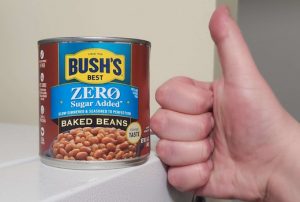

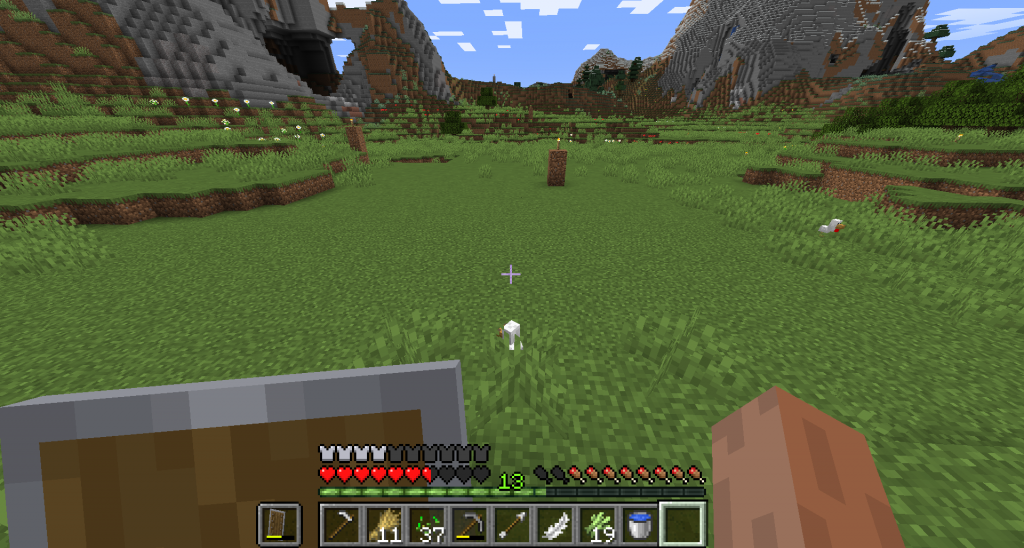

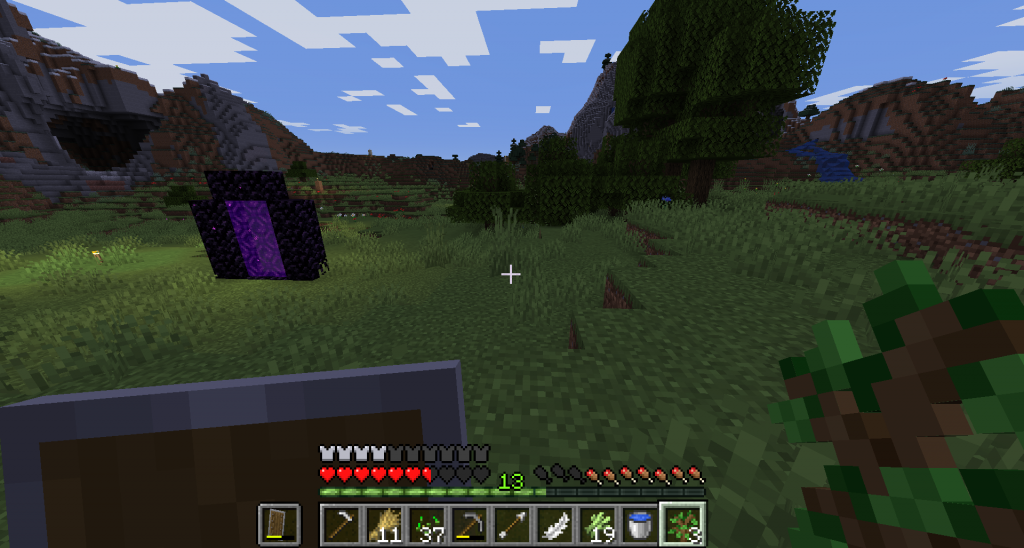
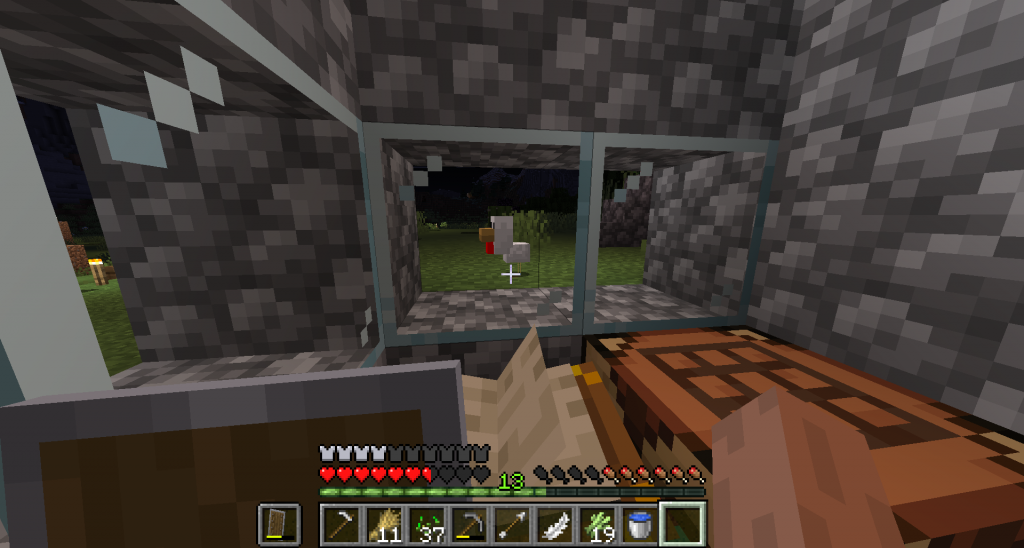



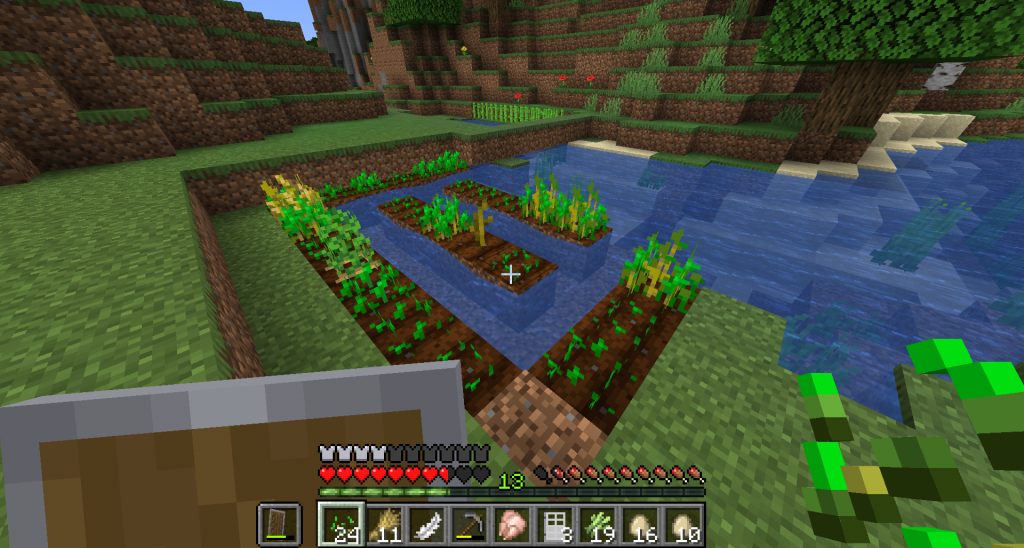
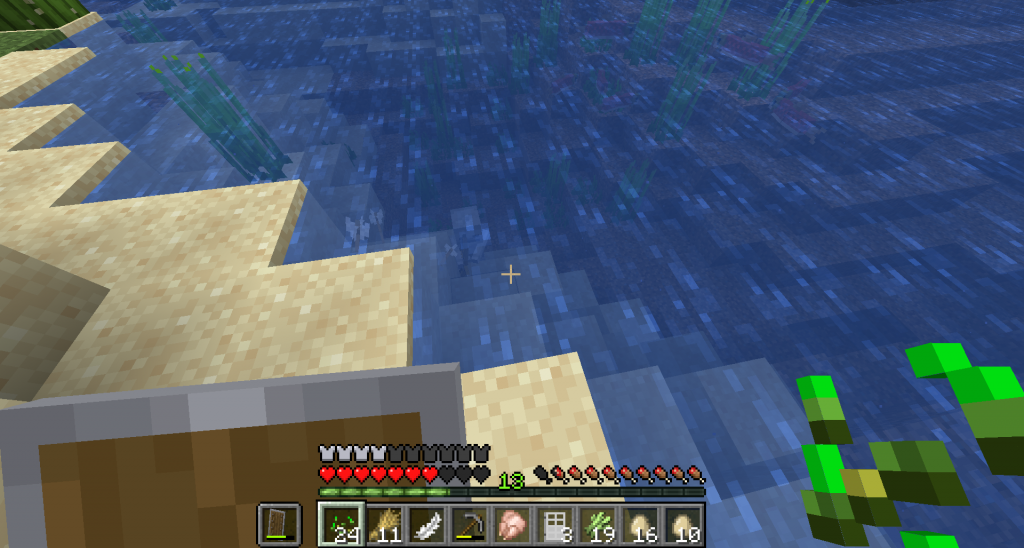
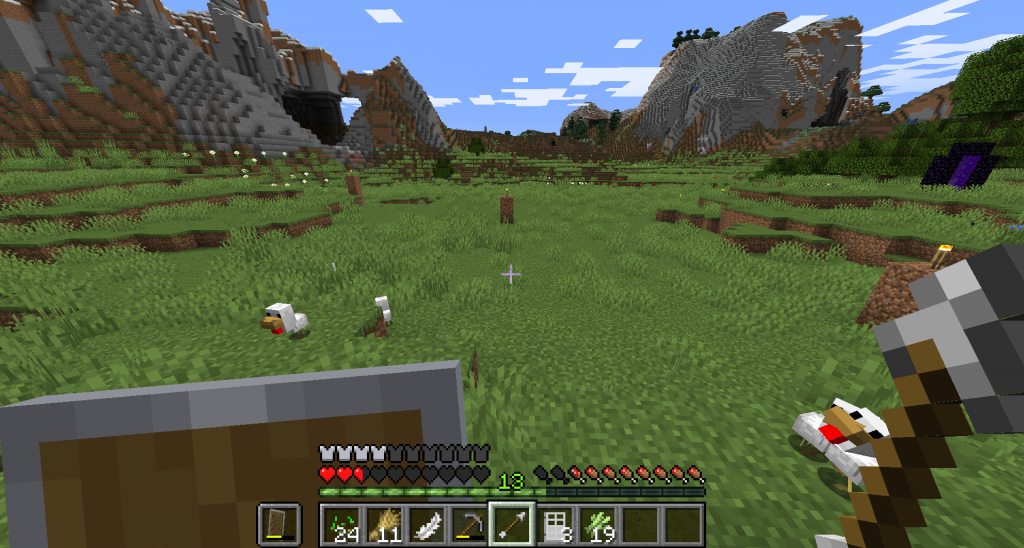

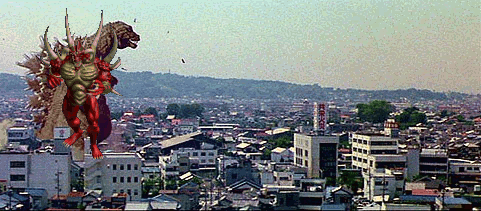
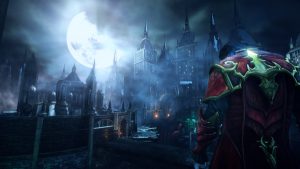


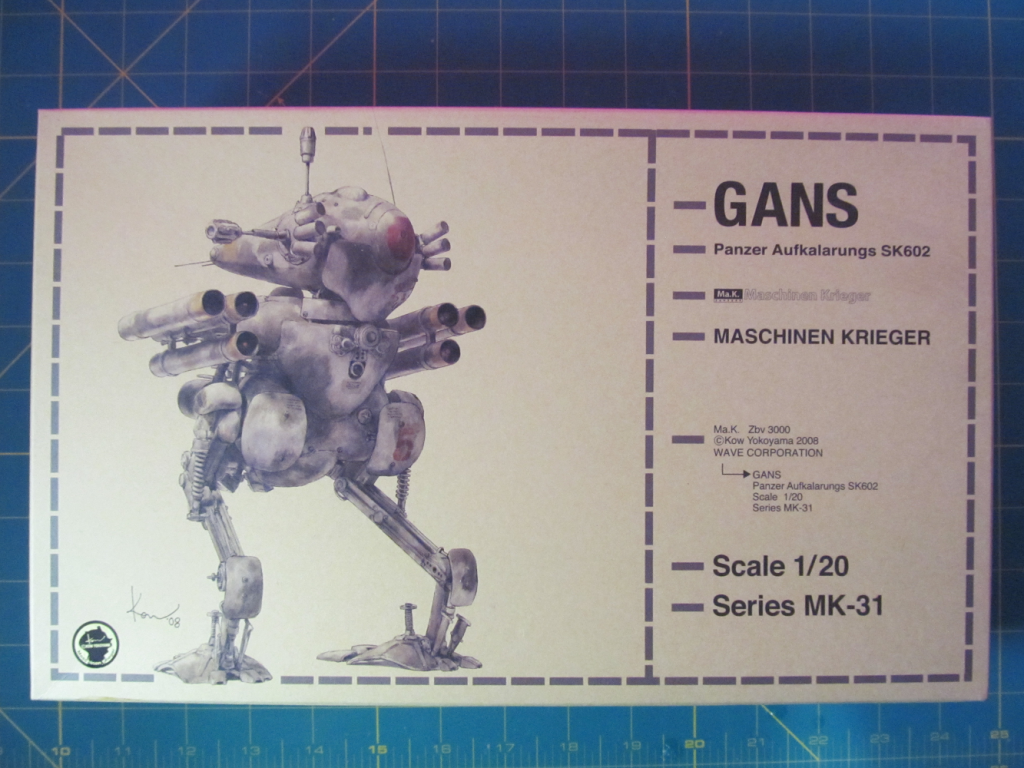



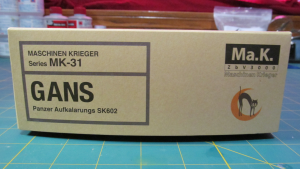
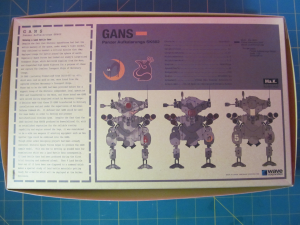
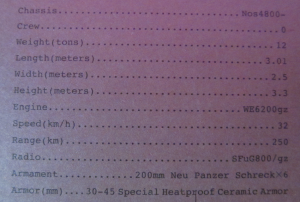
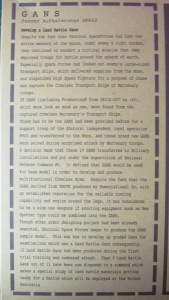




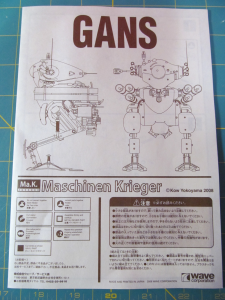
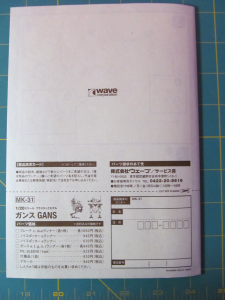

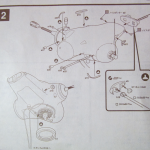
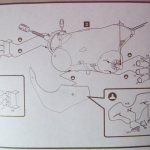


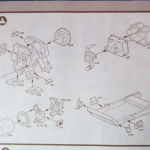
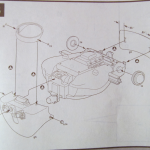
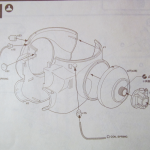

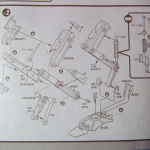
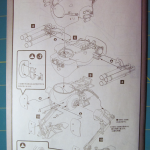
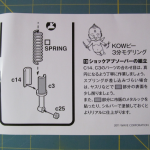
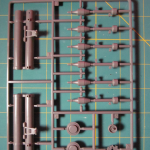
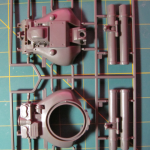
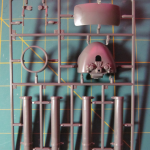
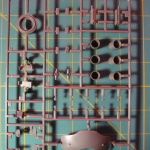
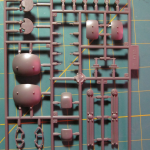
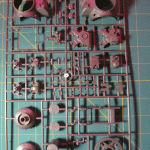
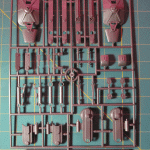
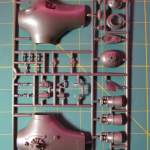
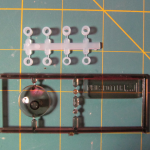
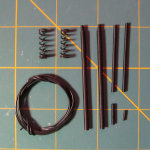
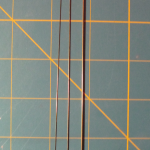
Recent Comments